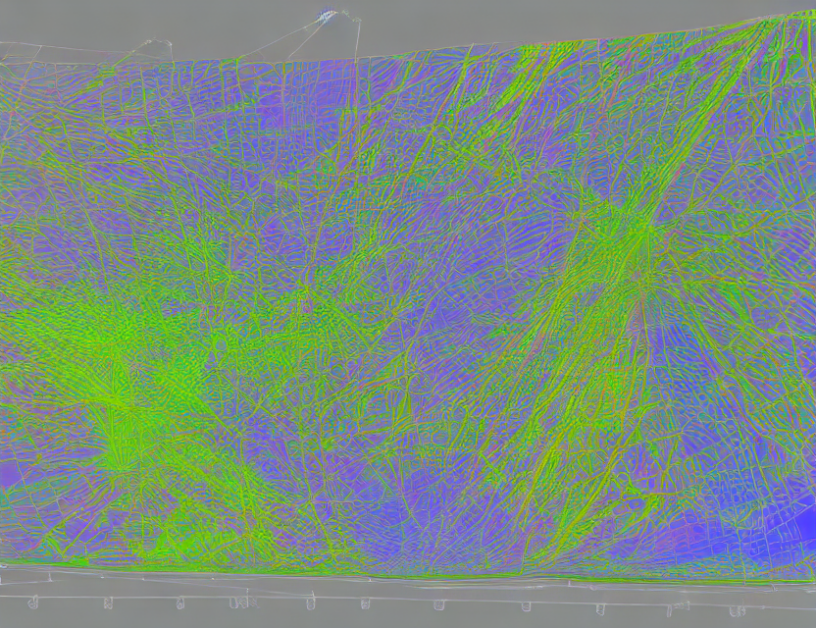In this article, the authors propose a novel approach to controlling the density of autonomous swarms while ensuring safety constraints are met. The proposed method is based on decentralized probability theory and leverages the strengths of both centralized and decentralized control methods. By exploiting the properties of Gaussian distributions, the algorithm can efficiently compute the optimal policy for each agent in the swarm, taking into account the desired density distribution and safety constraints.
To begin with, the authors introduce the concept of a Gaussian mixture model (GMM), which is used to represent the state distribution of the swarm. They then propose an optimization problem that enables agents to adjust their positions to achieve a target density while respecting safety constraints. This problem is formulated as a quadratic program, which can be solved efficiently using numerical optimization techniques.
The key insight behind this method is the use of decentralized probability theory to approximate the posterior distribution of each agent’s state given the measurements of its neighboring agents. By leveraging the Gaussian properties of this approximation, the algorithm can efficiently compute the optimal policy for each agent without requiring complex centralized computations.
The authors illustrate the effectiveness of their approach through simulations of a swarm of autonomous drones navigating in a 2D space while avoiding collisions with obstacles. The results show that the proposed method can achieve accurate density control while ensuring safety, outperforming existing centralized and decentralized approaches in terms of computational efficiency and scalability.
In conclusion, this article presents a novel approach to controlling the density of autonomous swarms while ensuring safety constraints are met. By leveraging decentralized probability theory and exploiting the properties of Gaussian distributions, the proposed method can efficiently compute the optimal policy for each agent in the swarm, making it an attractive choice for applications where scalability is a key concern.
Electrical Engineering and Systems Science, Systems and Control
Optimal Control of Gaussian distributions using Mean and Covariance Steering



